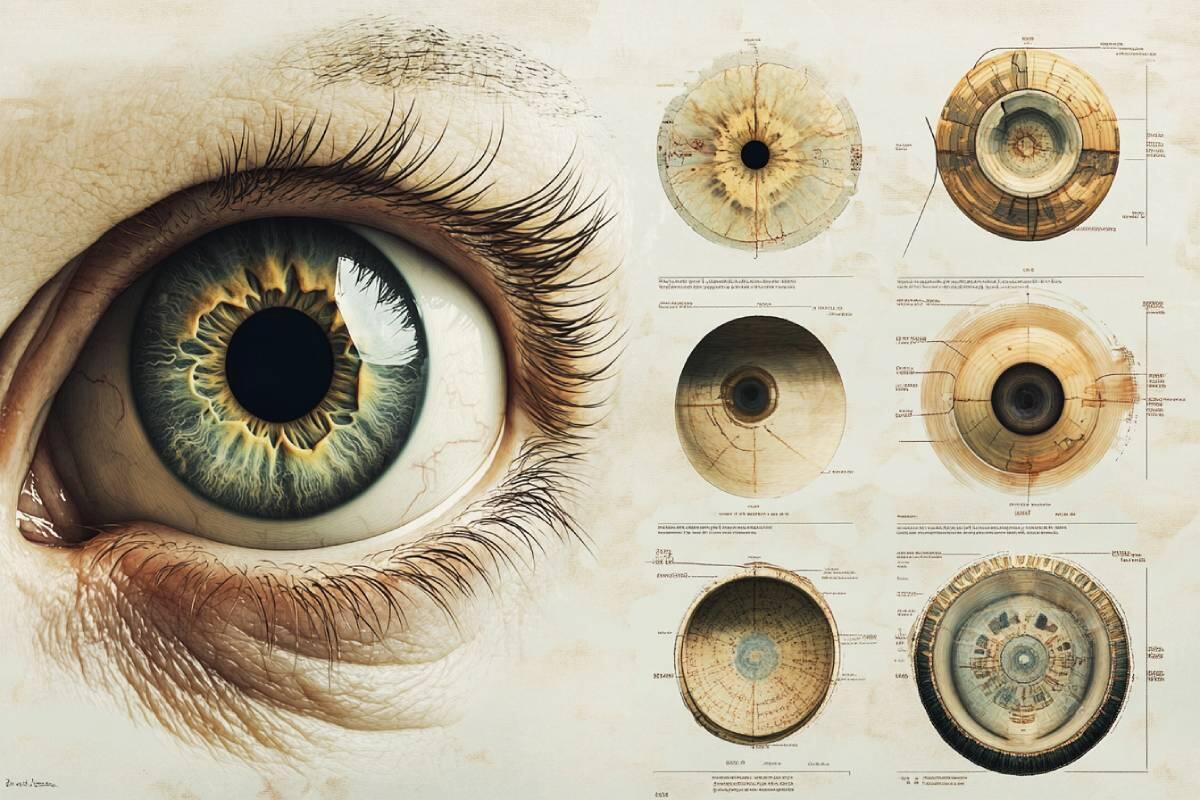Keratoconus: Symptoms, Diagnosis, and Treatments in Modern Ophthalmology
During childhood, everything seemed normal. They loved reading, and it was only around age 25 that they started feeling some eye strain. University was nearing its end, and the reading load was intense. They had always been proud of their green eyes, but now they seemed tired, as if they needed help. For the first time, they decided to visit an Ophthalmologist. After a few tests, the diagnosis came: keratoconus.
Receiving a diagnosis of an eye condition is never easy. However, understanding that the human body is a machine that requires adjustments and care can help with the process. Modern medicine has significantly advanced in ophthalmology, offering new discoveries and treatments to preserve vision.
In this article, learn about the symptoms, diagnostic methods, and treatments for keratoconus.
What Is Keratoconus?
To understand keratoconus, it is essential to know how vision works. The human eye consists of several parts, with the most well-known being:
- Cornea: A transparent tissue that covers the eye's surface, allowing light to enter.
- Iris: The colored part of the eye that controls how much light enters.
- Pupil: The central opening in the iris that regulates light entry.
- Retina: Located at the back of the eye, it converts light into neural signals for the brain to interpret as images.
The term keratoconus comes from Greek:
- "kerato" (cornea)
- "conus" (cone-shaped)
Keratoconus is a non-inflammatory disease of the cornea caused by low collagen stiffness, making the structure thinner and irregular. Over time, the cornea may develop a cone shape, which distorts vision.
It usually affects both eyes in different ways, and despite the disease’s progression, many treatment options are available.
Possible Causes of Keratoconus
Medicine has not yet identified an exact cause for keratoconus, but research shows that:
✔ Diagnosis usually occurs around age 20 and stabilizes around age 40.
✔ Genetic predisposition may be a significant factor.
✔ There is one particularly harmful habit linked to the development of the disease…
Do Not Rub Your Eyes!
The number one recommendation for keratoconus patients is simple but difficult to control: avoid rubbing your eyes!
Eye rubbing can accelerate the progression of keratoconus. To help reduce this habit, it is recommended to:
✔ Use lubricating eye drops to relieve discomfort.
✔ Control eye allergies to minimize itching.
Excessive screen time and dry eyes can worsen the condition.
Symptoms and Diagnosis of Keratoconus
The main symptoms of keratoconus include:
✔ Blurred or distorted vision
✔ Light sensitivity
✔ Difficulty seeing at night
✔ Frequent changes in eyeglass prescriptions
Keratoconus can be diagnosed through ophthalmological exams such as:
- Computerized topography and keratometry
- Corneal tomography and thickness mapping
- Ocular and corneal aberrometry
- Specular microscopy
- Ultrasonic pachymetry
Keratoconus Treatment Options
Treatment for keratoconus should be personalized, considering age, disease progression, and any other ocular conditions.
1. Contact Lenses
Special contact lenses help create a smoother corneal surface, improving vision. Available options include:
- Rigid or specialized soft lenses
- Scleral lenses (larger and more comfortable)
Although they improve vision, they do not stop keratoconus progression.
2. Intracorneal Rings (Ferrara and Intacs)
If contact lenses are not well tolerated, patients may opt for an intracorneal ring, an ultra-thin acrylic implant inserted into the cornea.
✔ Quick procedure
✔ Low risk of complications
✔ Can be combined with cross-linking for better results
3. Corneal Collagen Cross-Linking
Cross-linking is a treatment aimed at stabilizing keratoconus progression. The ophthalmologist applies riboflavin eye drops (vitamin B2) and then uses UV-A light to stimulate new collagen bonds in the cornea.
✔ Quick procedure
✔ Stabilization occurs in about 30 days (though this may vary)
4. Corneal Transplant
Recommended for advanced cases when vision is severely impaired.
✔ Can be partial (deep lamellar) or full-thickness (penetrating).
✔ The lamellar transplant has a lower risk of rejection and offers modern benefits.
Conclusion
Now that you know more about keratoconus, remember:
✔ Have annual eye exams to detect any changes early.
✔ Avoid rubbing your eyes to prevent disease progression.
✔ Follow a personalized treatment plan based on disease stage and ophthalmologist recommendations.
Ophthalmology continues to evolve, offering new possibilities for diagnosis and treatment to preserve vision and improve patients' quality of life.
Take care of your vision – it’s essential for seeing the world around you! 👁️✨
